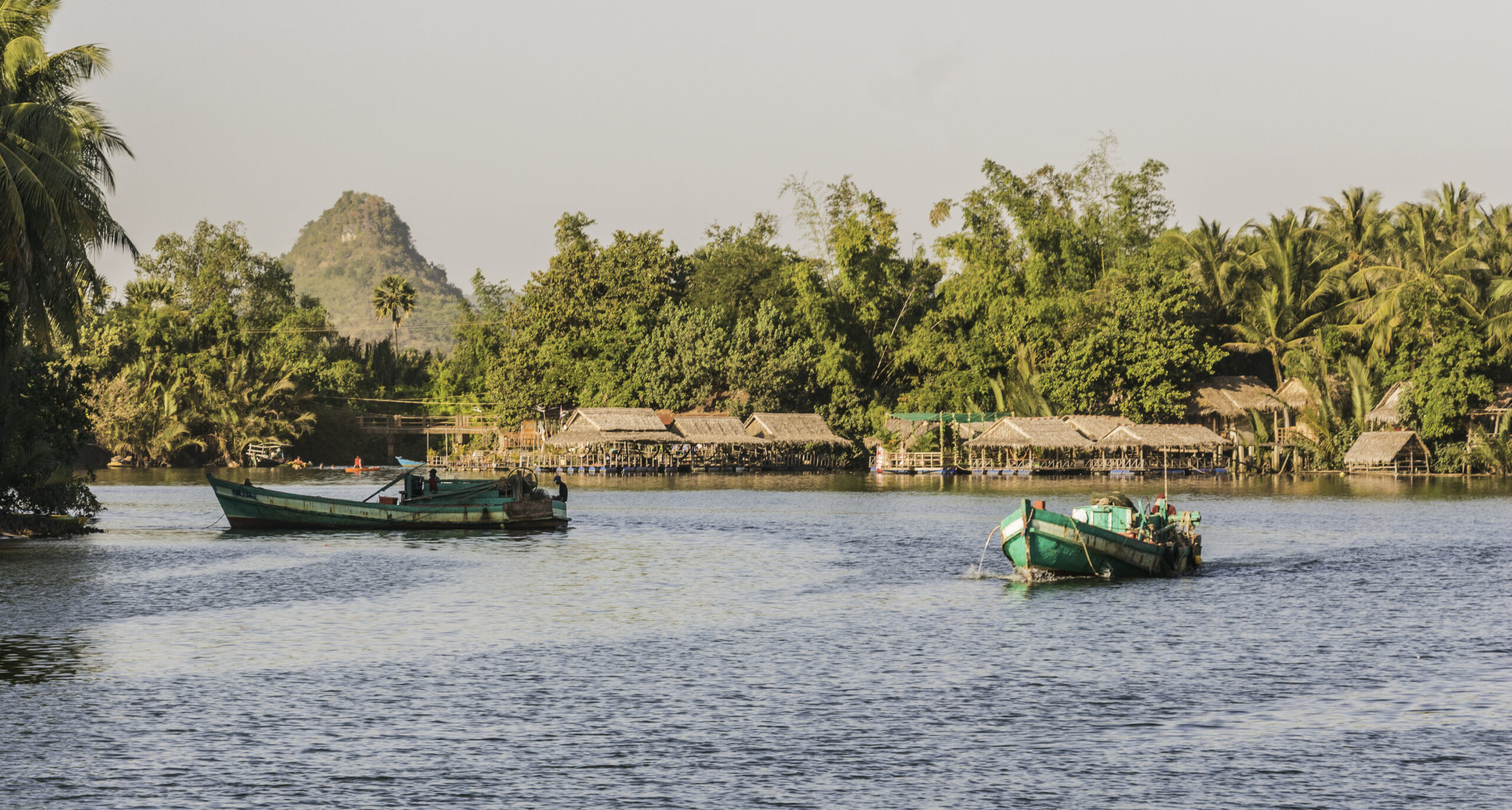What is the link between pepper cultivation and the remarkable rise in tourism to Southeast of Cambodia? The answer lies in the designation of Kampot Pepper as a Geographical Indication (GI) by the Cambodian Ministry of Commerce. Dating back to the 13th century, the region of Kampot is famed for its pepper plantations, thriving in its unique soil, favorable climate, and the traditional expertise of local communities.
Building a brand with IP rights: the Kampot Pepper GI
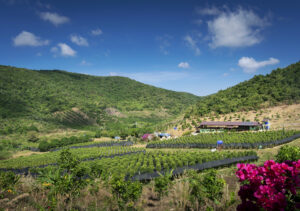
Geographical indications (GIs) designate and protect products whose quality, reputation, and characteristics are intrinsically tied to their specific geographical location.
The GI designation, awarded in 2010 by the Cambodian Ministry of Commerce, formally recognizes the unique qualities of green, black, red, and white Kampot Peppers derived from the region’s soil, climate, and the expertise of local communities. The GI designation includes a “Book of Specifications” that establishes common standards and practices for its production, processing, packaging, and traceability. This has enabled it to command a premium price and to establish its place on the international market as a specialty product with a storied origin. The Kampot Pepper Promotion Association (KPPA) manages the GI, working tirelessly to preserve traditional farming methods and maintaining the highest quality standards, further solidifying the position of Kampot Pepper as a symbol of excellence.
Pepper as a Catalyst of Economic Development: Impact of GI status
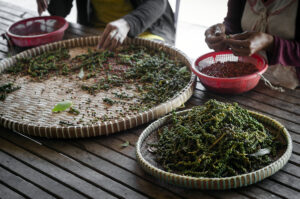
Protection from the GI designation has inspired local communities to embrace the common production standards and practices, developing an efficient value chain and improving market access for authentic Kampot pepper.
The GI designation of Kampot Pepper has fueled a surge in production and attracted price premiums, positively impacting farmers’ incomes and poverty alleviation in the region. Since GI designation in 2010, production has grown from 16 to 143 tons in 2023. Between 2015 and 2020, prices of GI-protected black pepper grew from US$9 to US$15 per kg, while red Kampot pepper went from US$15 to US$25 per kg. In the same period, the price of ordinary peppers fell from US$9.5 per kg in 2015 to US$2 in 2020.
International demand for the pepper has significantly increased, from 24 tons in 2015 up to 111 tons in 2023. Today, Kampot Pepper is a protected GI in the European Union (since 2016) and Thailand (since 2017). In 2021, it made history as the first-ever application under WIPO’s Lisbon System for international registration of GIs.
The success of GI-Kampot Pepper has attracted foreign investments into the local pepper industry, facilitating the establishment of modern processing facilities and improved farming practices. This infusion of capital and expertise has ensured consistent, high-quality GI-Kampot Pepper and created employment opportunities within the local population.
Kampot Pepper and the Rise of Agri-Tourism
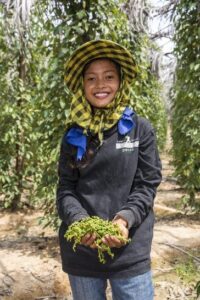
Kampot Pepper has become a major draw for food lovers and spices enthusiasts visiting Cambodia. 2023 tourism data shows 1.84 million people visited the Kampot region. Tourists can explore the picturesque landscapes, serene riverside retreats, and lush pepper plantations.
With its lush pepper plantations, the region is an agritourism treasure. Many pepper farms offer pepper-tasting sessions and guided tours, allowing visitors to learn about their traditional cultivation and harvesting techniques. Various accommodations are available in Kampot for overnight stays, which is ideal for those interested in exploring the region’s pepper farms and purchasing freshly harvested Kampot Pepper to take home.

Chefs, cooks, and foodies who get exposed to Kampot Pepper become curious about its origins or provenance. Sebastian Lesieur, an entrepreneur involved in processing the spice, hires local women to sort the pepper, removing odd and broken pieces. He exports mainly to France, Germany, and South Korea. His facility entertains about 25,000 visitors a year. His brand name is KADODE, a play on the French word for gift, Cadeau, and the Khmer word for Earth. Another farm, named La Plantation, entertains about 50,000 visitors a year.
The Kampot Pepper Promotion Association
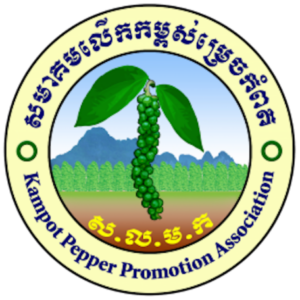
The Kampot Pepper Promotion Association (KPPA) administers the GI, comprising about 500 producers and processors. The KPPA sends out inspectors and an independent third-party certification body for organic certification named ECOCert to evaluate farms and production standards and techniques. Only accredited KPPA members who comply with the GI criteria are allowed to use the Kampot Pepper GI logo. The GI logo on the product assures the buyer of authenticity and quality and justifies the premium prices consumers are willing to pay for Kampot pepper.
KPPA is also in charge of monitoring possible infringements of its IP rights; it undertakes consumer awareness campaigns for buyers to look for the Kampot Pepper GI logo and the tracking information of the farmer or exporter.
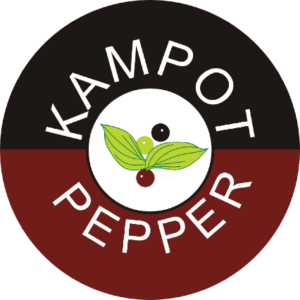
Today, this premium spice is an intrinsic element of livelihood in the Kampot region. The integration of Kampot Pepper into the tourism industry has contributed to the overall growth of Cambodia’s tourism sector, attracting culinary travelers and spice enthusiasts from around the globe. The 1.8 million tourists purchasing Kampot pepper and spending on accommodation and tours bring much-needed economic activity to the town and the region.
Truly, the Geographical Indication designation has helped make consumers aware of Kampot Pepper and its origins and continues to attract tourists to this part of Cambodia.



